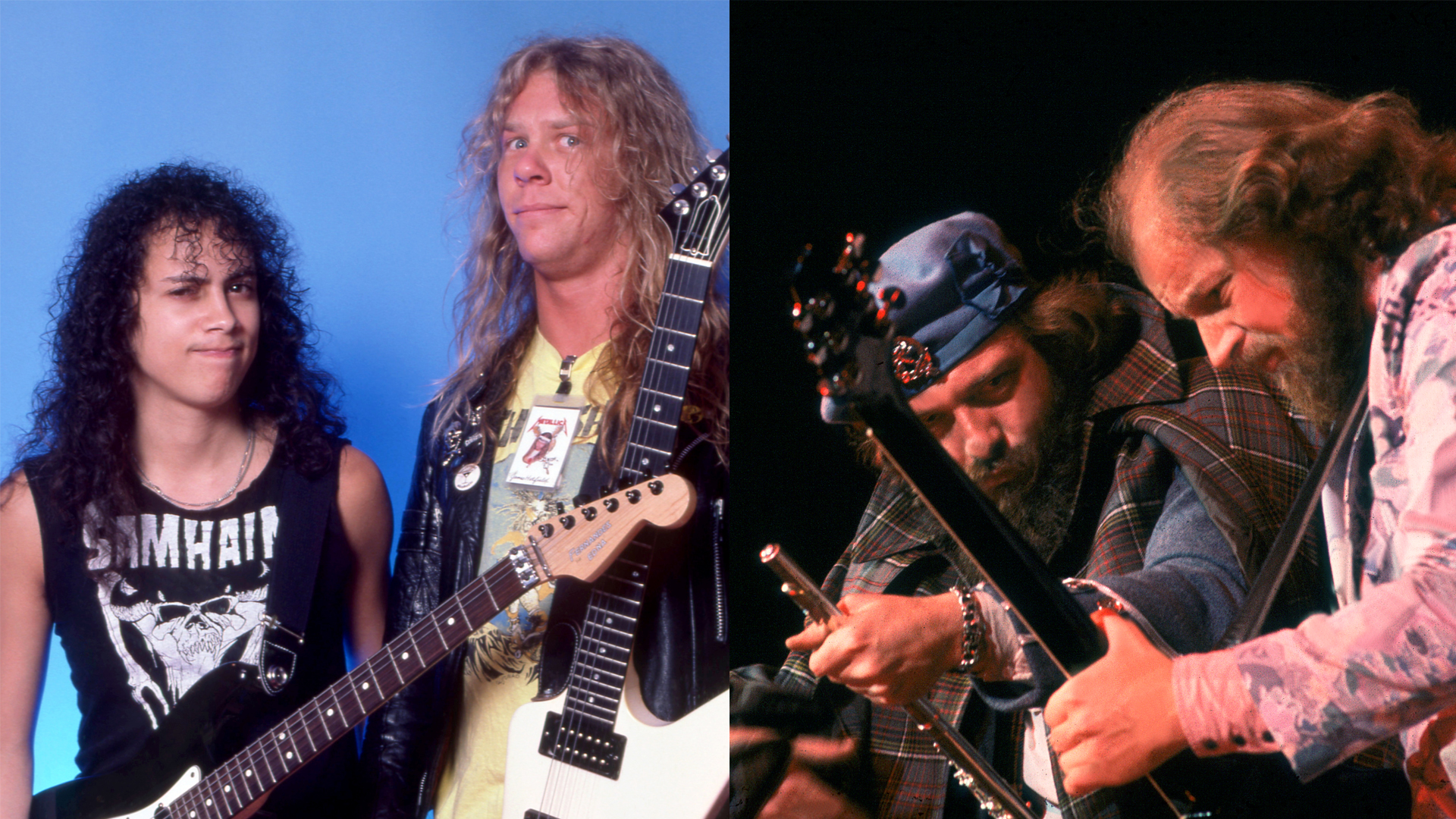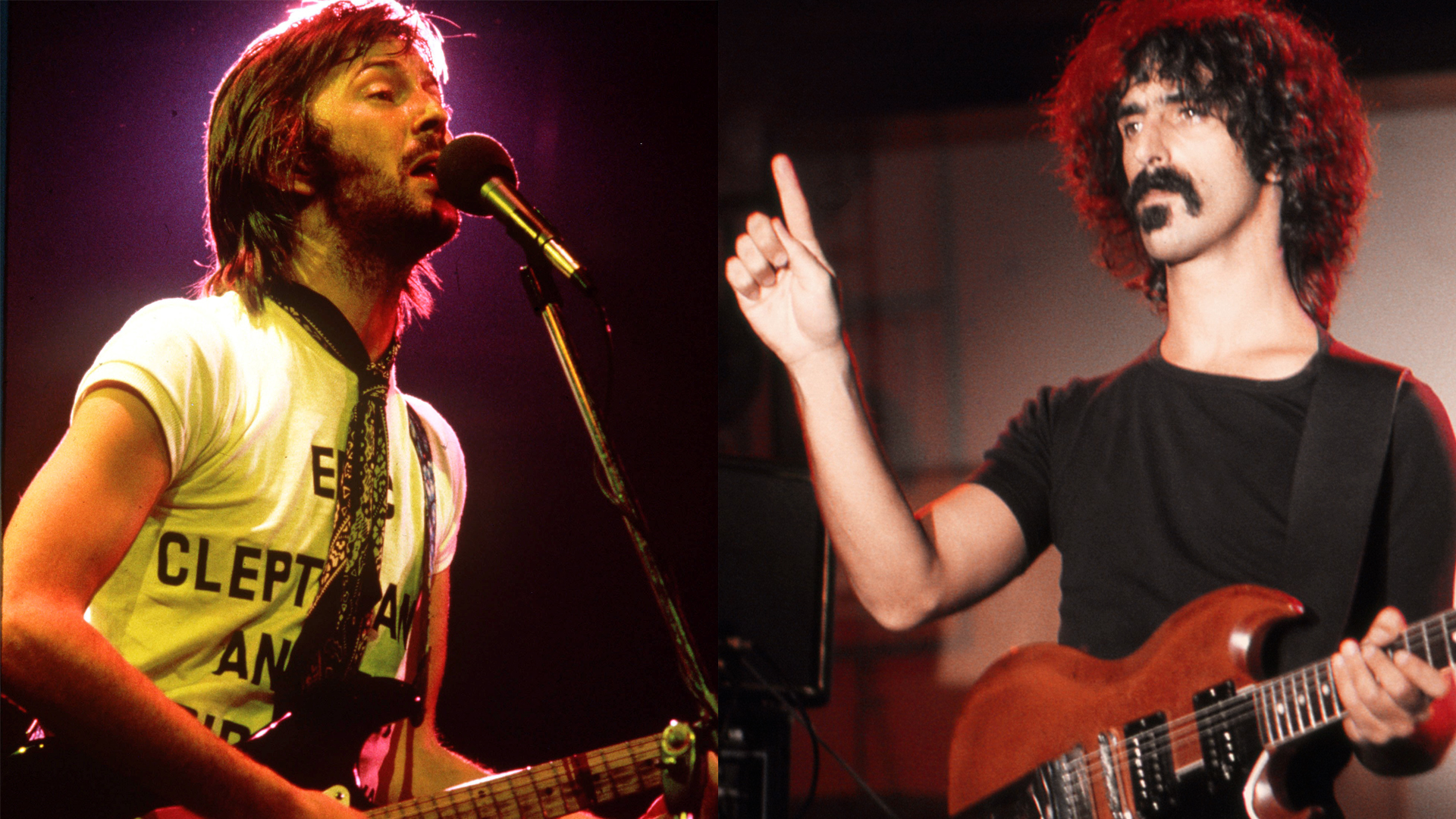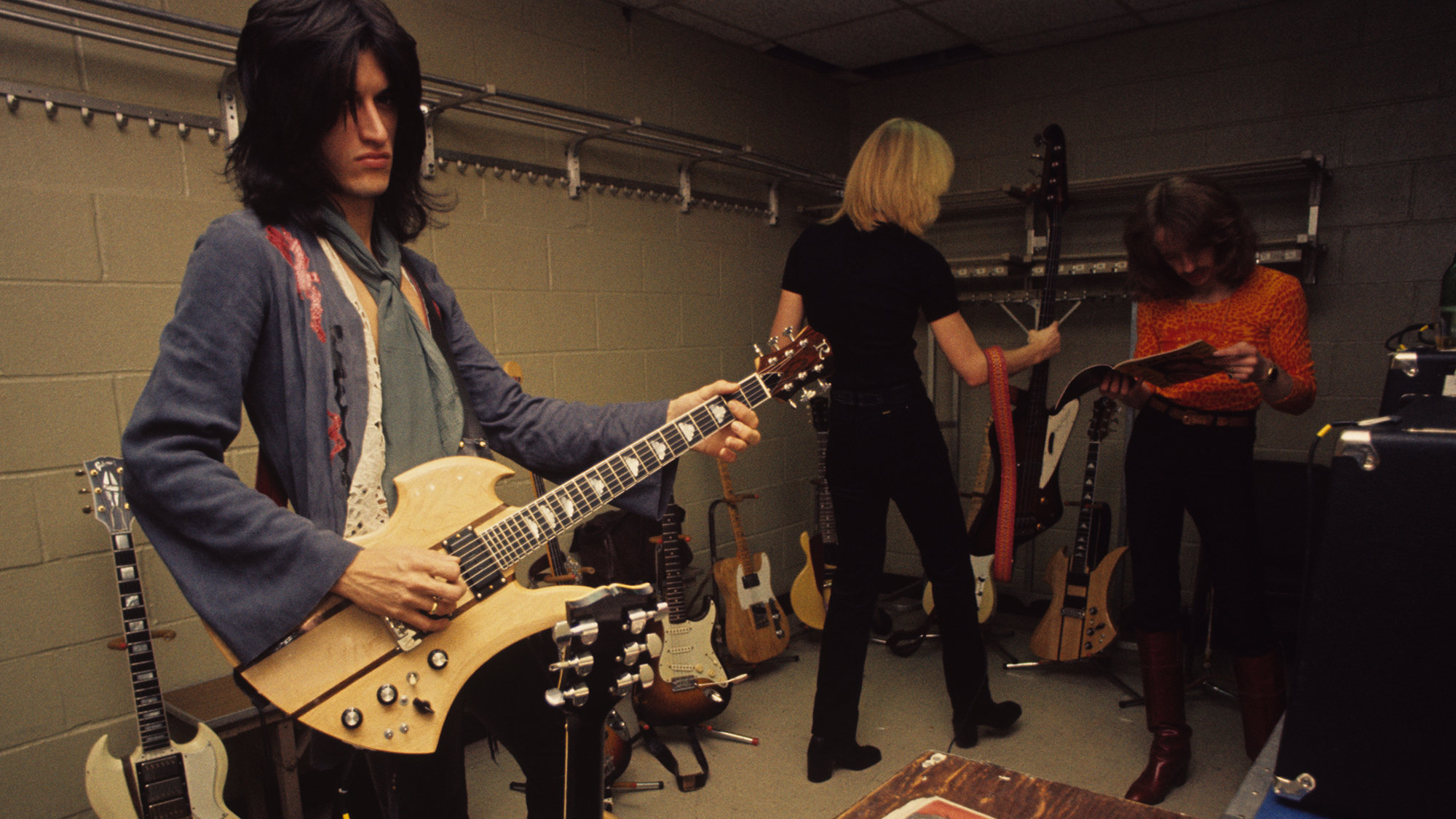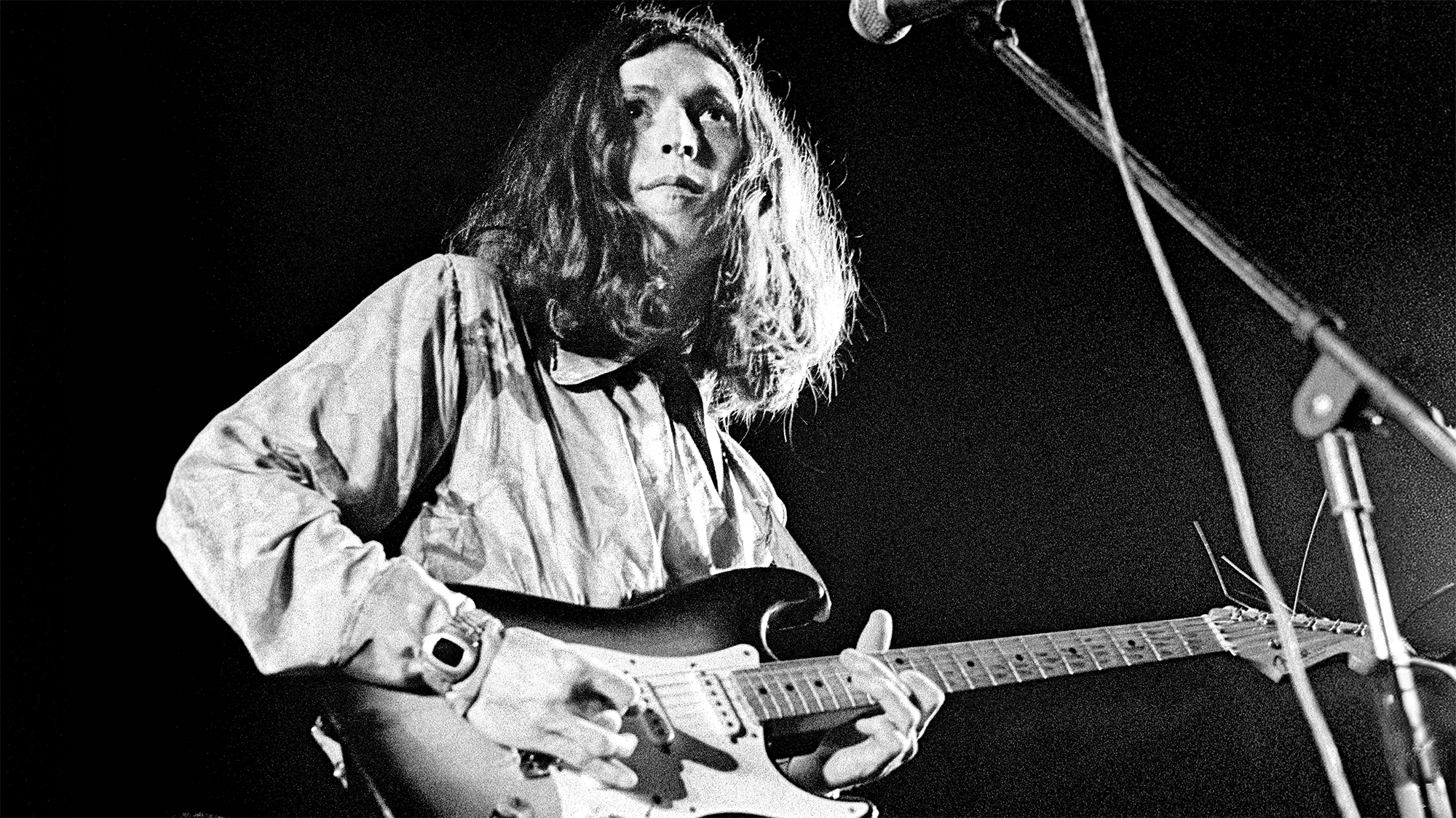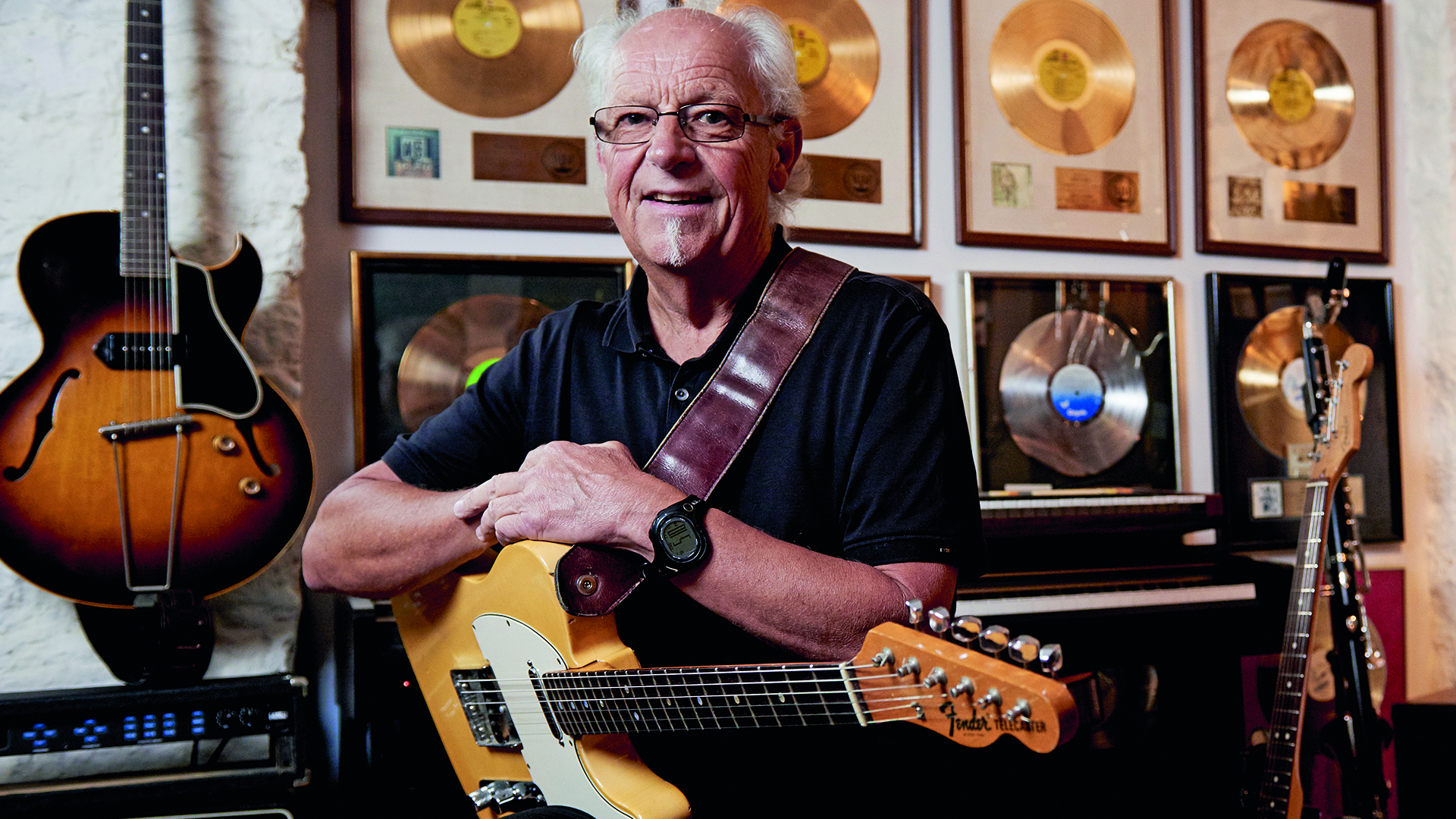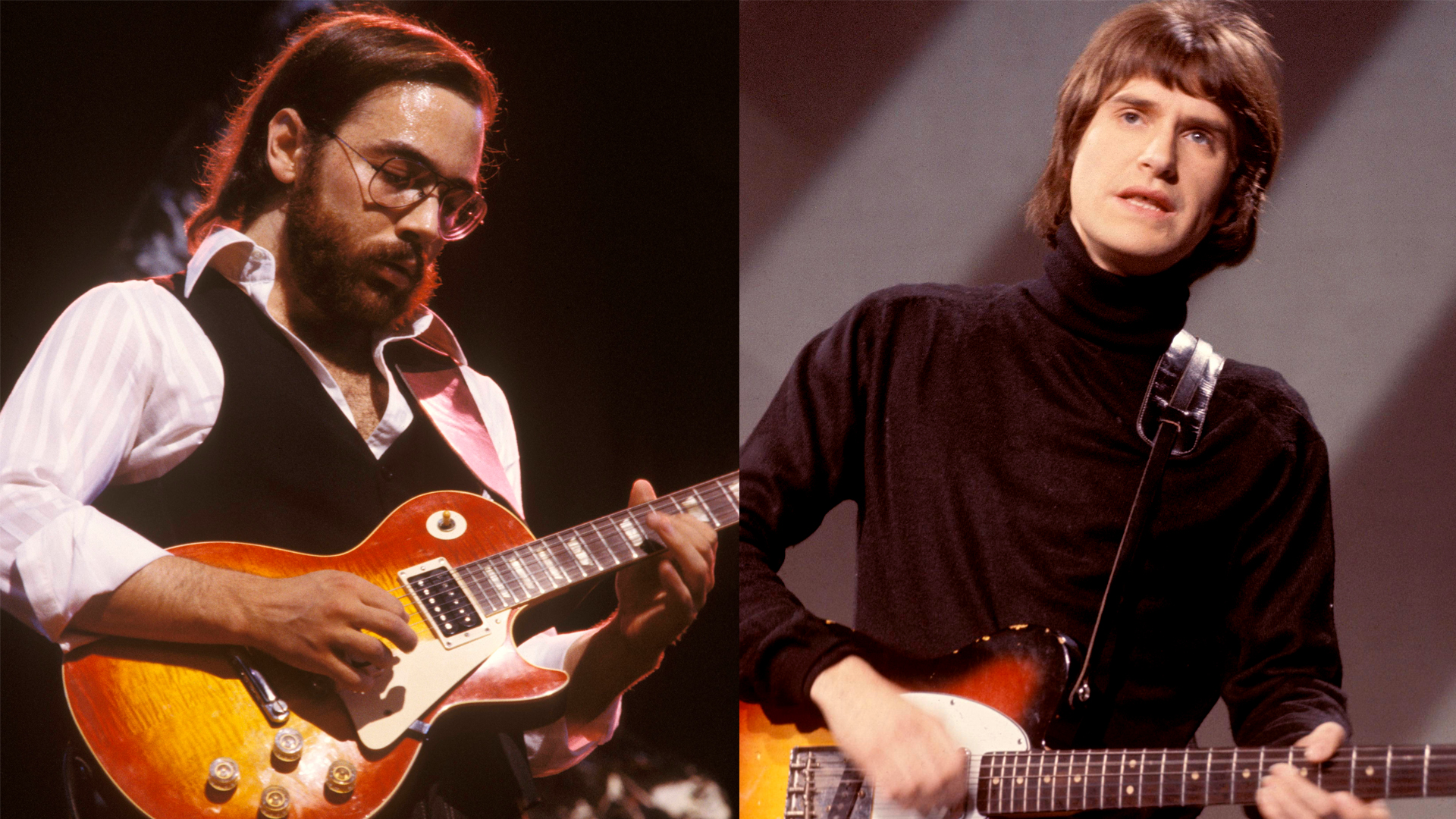“I didn’t have a guitar or any paper, so I did the only thing I could. I sang the melody over and over so I wouldn’t forget it.” Warren Haynes reveals how one of the best-loved songs in the Allman Brothers’ catalog was almost lost.
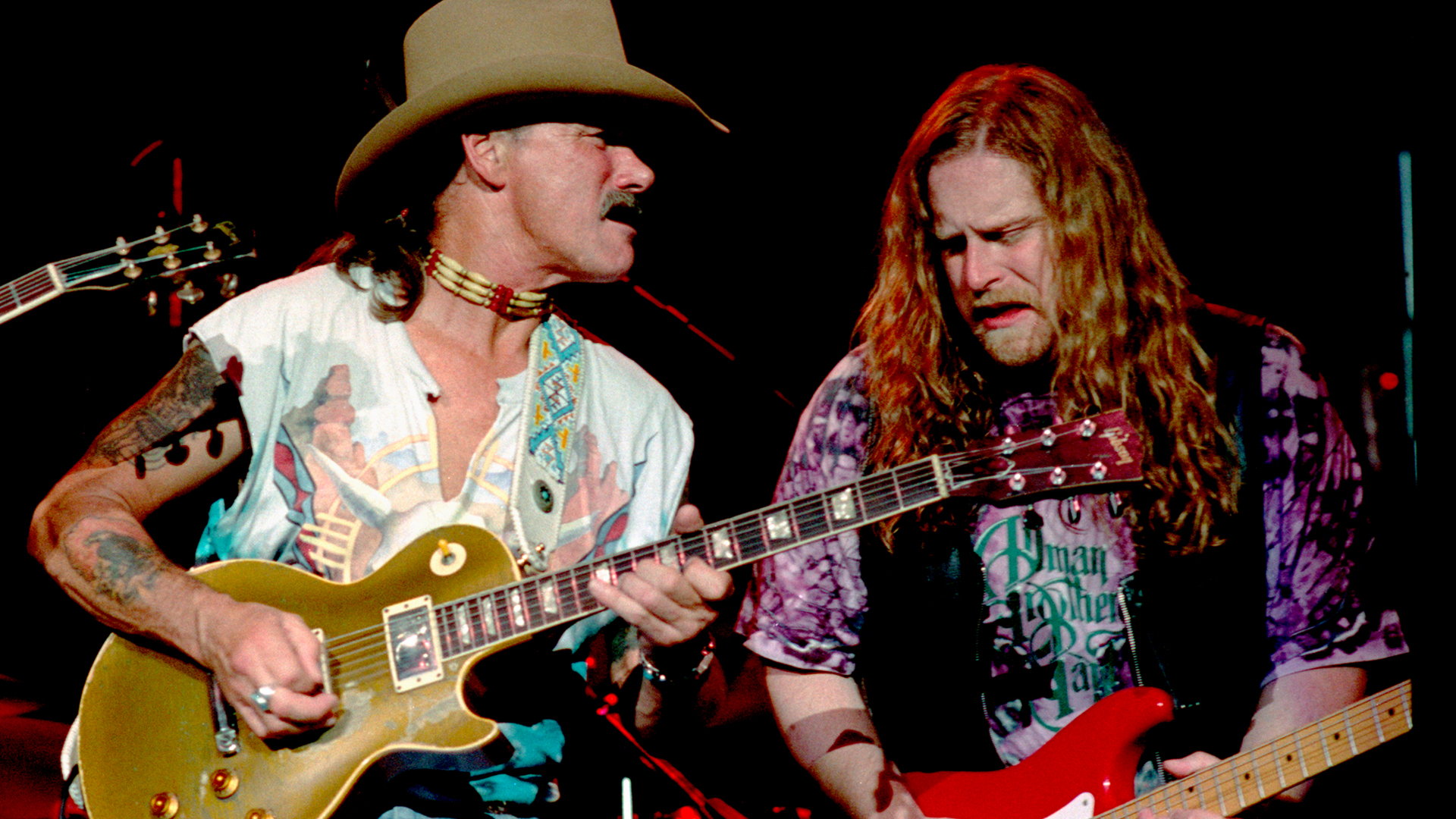
Since its appearance on The Allman Brothers Band’s 1994 album Where It All Begins, the rousing, gospel-tinged track “Soulshine” has become one of the best-loved songs in the group’s canon. “The whole thing blows me away,” says the tune’s writer, Warren Haynes. “When I wrote it, I never thought it would be an Allman Brothers song, but of course, once I heard Gregg Allman sing it, it was obvious to me that it should be sung by him. What he did with it was utterly amazing.”
In 1987, Haynes, who had played guitar for David Allen Coe and the Nighthawks, was living in Nashville. While driving one day, a song idea hit him out of the blue, and he knew it was special. Only problem was, he didn’t have a pen and paper with him, and he was at least 20 minutes from his house. “I didn’t have a guitar or any paper, so I did the only thing I could,” he says. “I sang the melody over and over so I wouldn’t forget it. I had the song mostly worked out in my head – verses, choruses and lyrics – and when I got home, I raced inside and grabbed an acoustic guitar. I had to make a cassette recording of it as fast as I could. It was pretty bare bones, but at least I got it all down.”
Haynes would later make a proper studio demo of the song, on which he worked out a memorable guitar hook line. He considered the number for his first solo album, Tales of Ordinary Madness, but instead he suggested it to a friend, blues singer and guitarist Larry McCray, who recorded it for his 1993 album, Delta Hurricane. “Larry did a great job of it,” Haynes says. “When I wrote it, I thought the ultimate version would be a duet between Ray Charles and B.B. King. Larry opened some shows for B.B., and he told me that B.B. loved the song and asked him where he got it.”
A year later, Haynes, now a member of Allman Brothers Band, was recording Where It All Begins with the group at a Florida soundstage operated by Burt Reynolds. “[Producer] Tom Dowd set it up that way so we had a live concert atmosphere,” Haynes recalls. “We had lights and monitors, the whole bit. We just didn’t have headphones.”
The band made fast work tracking all the material they’d rehearsed, and as they were ahead of schedule, Dowd asked if there were any more songs suitable for recording. To Haynes’ astonishment, Gregg Allman brought up “Soulshine.” Fellow guitarist Dickey Betts had already left for the day and couldn’t be reached, so the band, minus Betts, cut the song live off the floor. “I think we did one or two takes,” Haynes says. “Some songs you need to labor over; this one poured right out of us. We were on a real roll.”
Haynes (on a relatively new Les Paul through a Soldano amp) played two brilliantly faceted guitar solos while making sure to leave space for Betts to overdub his own equally expressive leads. “I would have preferred for us to play together, looking each other in the eye, but I can’t argue with how the solos turned out,” he says. “The only thing that rubs me about the recording is the rhythm guitar sound. Normally, I would play lower chords and Dickey played chords up high. When he finally recorded his parts and sent me the tape, I heard that he’d played solos and some fills, but no rhythms. Had I known he wasn’t going to play rhythm, I would have done a different pattern.”
“The only thing that rubs me about the recording is the rhythm guitar sound."
—Warren Haynes
“Soulshine” was immediately lauded as one of the standout tracks on Where It All Begins, and it quickly became an Allmans live staple. Over time, Gregg Allman and Haynes would take turns singing verses while harmonizing on choruses, and Derek Trucks, who joined in 1999, performed slide guitar solos on sections once played by Betts (he left the band in 2000).
Get The Pick Newsletter
All the latest guitar news, interviews, lessons, reviews, deals and more, direct to your inbox!
“It’s thrilling to me how many lives the song has had,” Haynes says. “I play it to this day with Gov’t Mule, and there’s been some great covers of the song, like the one we did with Little Milton (on Gov’t Mule’s The Deep End, Volume 1, 2001). We played it acoustically at Bonnaroo with Vusi Mahlasela singing on it, and it still gives me chills when I hear it. Of course, the Allman Brothers’ interpretation is the most famous one. Gregg Allman had his own nuances and phrasing. His way of putting a song across was truly special.”

Joe is a freelance journalist who has, over the past few decades, interviewed hundreds of guitarists for Guitar World, Guitar Player, MusicRadar and Classic Rock. He is also a former editor of Guitar World, contributing writer for Guitar Aficionado and VP of A&R for Island Records. He’s an enthusiastic guitarist, but he’s nowhere near the likes of the people he interviews. Surprisingly, his skills are more suited to the drums. If you need a drummer for your Beatles tribute band, look him up.
"Old-school guitar players can play beautiful solos. But sometimes they’re not so innovative with the actual sound.” Steven Wilson redefines the modern guitar solo on 'The Overview' by putting tone first
“I played it for Paul Stanley when we were touring with Kiss. He had a look on his face, like 'What the hell is this!?’” Alex Lifeson tells how Rush’s early failure pushed them for their breakthrough success, 2112



